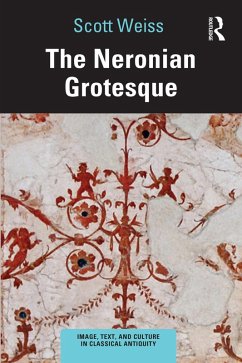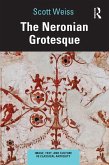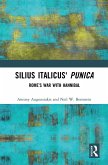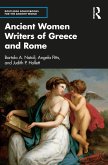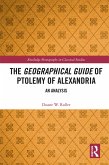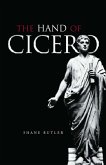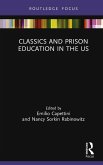Weiss' analysis allows for appreciation of the shared strategies of composition, overlaps between literary and visual rhetoric, the role of context in shaping the reception of a work, and the authority of the reader/viewer to generate meaning. The volume offers an account of Roman visual-literary interactions in the mid-first century ¿¿ that considers these dynamics as informing broad cultural phenomena. The results reveal features pervasive in a literary and artistic culture invested in exploring the edges of expression.
The Neronian Grotesque is a fascinating study on the literary and artistic production in the Neronian period, and has wider implications for anyone working in the field of Roman cultural history and visual studies more broadly.
Dieser Download kann aus rechtlichen Gründen nur mit Rechnungsadresse in A, B, BG, CY, CZ, D, DK, EW, E, FIN, F, GR, HR, H, IRL, I, LT, L, LR, M, NL, PL, P, R, S, SLO, SK ausgeliefert werden.

